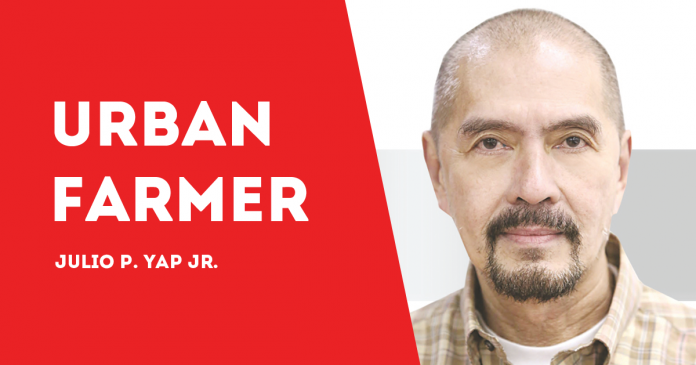
FOLLOWING the increasing demand for halal food products, there is the need to promote the production of these goods in order to meet the requirements of the consumers.
In response, an event was recently conducted in Davao City which presented the different products and protocols of halal goat production that were developed from the various research and development initiatives of different government agencies and state universities and colleges.
The event dubbed “Farms and Industry Encounters through the Science and Technology Agenda (FIESTA) on Halal Goat” was held at the University of Southeastern Philippines in Davao City.
The increasing demand for halal products was not only prompted by our Muslim brothers and sisters after non-Muslims have started interest in consuming these products, which should be safe, clean, and wholesome as mandated under existing Islamic laws.
“Our country has indicated its readiness to join this lucrative market of halal products, with the creation of the Halal Board under the Philippines’ Halal Export Development and Promotion Act of 2016,” said Dr. Reynaldo V. Ebora, executive director of the Philippine Council for Agriculture, Aquatic and Natural Resources Research and Development of the Department of Science and Technology (DOST-PCAARRD).
Halal is Arabic for lawful and permissible under the Islamic law. It also stands for safe, clean, and wholesome products that even non-Muslims can partake.
While it remains as not the first choice in the mainstream market, goat is the popular choice when choosing Qurbani or “sacrifice” during Islamic religious events, Ebora said.
Compared with cattle, buffalo, or sheep, which can also be offered as sacrifice, goat is the more affordable option.
In the scientific perspective, goat is the perfect meat as it is a healthier alternative to chicken, beef, pork, and lamb.
It has lower calories, saturated fat, and cholesterol but has high potassium and iron.
While goat’s milk contains smaller, well-emulsified fat globules which makes it easier to digest compared with cow’s milk.
According to Ebora, this information, among others, make goat embody the essence of halal – safe, clean, and wholesome.
In terms of research and development, PCAARRD has already invested some ₱29 million for halal goat during the past nine years.
Ebora also provided an overview of the accomplishments of PCAARRD over the past nine years.
These include protocols on halal goat production, transport and marketing, slaughtering, processing, and laboratory-based haram detection.
These protocols underscored the importance of identifying critical control points from production to post-production, where haram contamination occurs to correct practices of Muslim raisers and give them a better share in the trade of halal goats.
The Halal Goat FIESTA is jointly implemented by PCAARRD’s five Consortia in the regions: Cotabato Agriculture, Aquatic and Resources Research and Development Consortium in Region-12; Southern Mindanao Agriculture, Aquatic and Natural Resources Research and Development Consortium in Region-11; Central Luzon Agriculture, Aquatic and Resources Research and Development Consortium in Region-3; Cagayan Valley Agriculture, Aquatic and Resources Research and Development Consortium in Region-2; and Ilocos Agriculture, Aquatic and Natural Resources Research and Development Consortium in Region-1./PN


